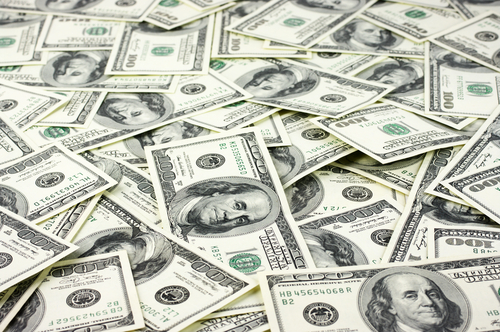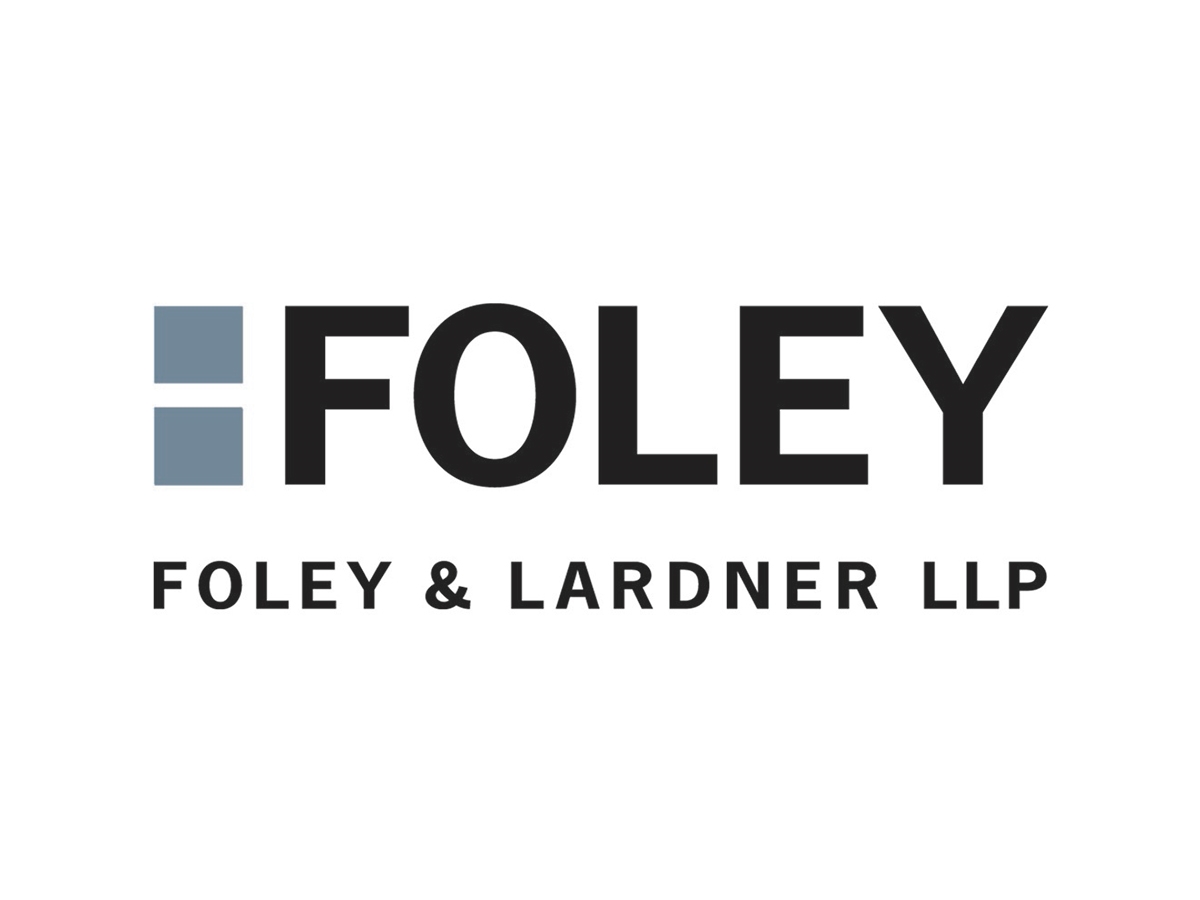New Data Show There Is a Problem with the U.S. Patent System—But It’s Not Patent Trolls
“The report shows that injunction grants (excluding default judgments) have fallen from a peak of 80 in the period 2008 to 2012 to just 36 in the period 2018 to 2022. That is an average of just seven injunctions per year—less than half the average in the earlier period.”
If the headlines are to be believed, every aspect of American life, from farming to football, is under threat due to excessive patent litigation. While these anecdotes may seem compelling, it is important to look at the underlying data before drawing any conclusions about the state of the U.S. patent system. As an economist and one of the authors of the Federal Trade Commission’s study of patent assertion entities (PAEs), I understand the value data can bring to patent policy debates, and have also seen firsthand the damage evidence-free policymaking has on America’s innovation ecosystem. On World IP Day, Marcum, LLP, a leading accounting and advisory firm, released a report that examines 20 years of patent infringement decisions at U.S. district courts. A careful reading of their report reveals that not only is patent litigation not excessive, but patent owners struggle to enforce their patents against infringers. The report shows that overall patent litigation is declining, injunction grants are low, and litigation by non-practicing entities (NPEs) is not pervasive.
Patent Litigation Is Declining
Source: Marcum Report
The first graph in the report clearly dispels the notion that patent litigation is excessive. It shows the trends over time in the number of patent grants and the number of patent infringement complaints filed in U.S. district courts. As seen in the graph, there is a sharp increase in the number of complaints filed after 2011 due to the anti-joinder provisions of the America Invents Act (AIA). As astute observers of the U.S. patent system understand, this increase in complaints does not represent new disputes but merely a separation of defendants into individual lawsuits thereby mechanically increasing the number of complaints. Therefore, the decline in complaints observed after 2013 is more impressive than it appears as the decline would have been even greater were it not for the anti-joinder provision. Even still, complaints are only about a third higher than they were in the period leading up to the AIA. Furthermore, patent infringement complaints as a share of granted patents is low and is also declining. Marcum reports this share averaged 1.7% from 2013 to 2017 and is less than 1% today.
Injunction Grants Are Low
The Marcum report provides further evidence of the pernicious effect the U.S. Supreme Court’s eBay decision has had on the ability of patent owners to enforce the exclusionary right embodied in their patent. Prior research has shown that patent owners are less likely to seek injunctions and those injunctions are less likely to be granted following eBay. It should be no surprise then that there has been a significant decline in injunction grants over the last 15 years. The Marcum report focuses on injunction grants excluding default judgments. They note that “cases with default judgments do not typically represent contested disputes” as the defendant has failed “to take required actions or respond to court proceedings.” The report shows that injunction grants (excluding default judgments) have fallen from a peak of 80 in the period 2008 to 2012 to just 36 in the period 2018 to 2022. That is, in the most recent period, there is an average of just seven injunctions per year—less than half the average in the earlier period. In addition to a low level of injunctions, enhancement of damages is rare. Only 22% of remedies awards were enhanced due to a finding of willful infringement.
NPE Litigation Is Not Pervasive
If the anecdotes are to be believed, not only is patent litigation excessive but it is being driven by “patent trolls.” Patent trolls or, less pejoratively, PAEs, are patent owners who acquire patents and then assert them against alleged infringers. The Marcum report casts a broader net and examines the remedies available to all NPEs which includes PAEs but also includes individuals, universities, and research entities. They find that over the 20 years of their study, only 23% of remedies were awarded to NPEs. Furthermore, the impact of eBay has been even more dramatic for NPEs. As a result of eBay, injunctions are effectively unavailable to NPEs with only 12 injunction grants (excluding default judgments) over the last 10 years of the study. As damages are effectively the only remedy available to NPEs, it is unsurprising that Marcum finds that median damage awards to NPEs tend to be higher than the awards to practicing entities. However, the median damage awards to NPEs (excluding default judgments) have declined approximately 25-30%from their peak in the period 2008 to 2012.
The Marcum report shows that there is indeed something wrong with the patent system in the United States but it’s not excessive litigation or patent trolls. The real problem is the inability of patent owners to enforce their rights against infringers. Given the difficulty of obtaining injunctive relief and the limited enhancement of damages, it is unsurprising that predatory infringement has become a standard business practice when, at worst, all an infringer can be expected to pay is a reasonable royalty and, at best, nothing at all.
Image Source: Deposit Photos
Author: sputanski
Image ID: 30368005
Julie Carlson
Julie Carlson is Director of Economic Strategy at Qualcomm. Her work focuses on, analyzing policy issues related to intellectual property, standardization, and innovation. Prior to, joining Qualcomm, she was Associate […see more]








